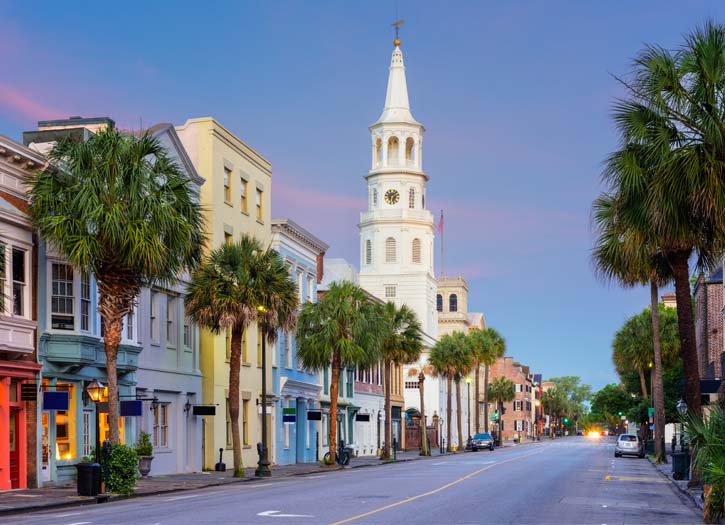The COVID-19 pandemic was confirmed to have reached the U.S. state of South Carolina in March 2020. On April 2, 2020, DHEC announced that the virus had spread to all 46 counties in the state. During the month of June, the seven-day moving average of new COVID-19 cases in South Carolina increased nearly five-fold, from 293 on June 1 to 1,398 on June 30, and has continued to increase during the first week of July. As of July 12, 2020, the South Carolina Department of Health and Environmental Control (DHEC) has confirmed 56,485 cases in the state, resulting in 950 deaths.
Governor McMaster issues an executive order requiring the mandatory shutdown of dine-in service in restaurants and bars. The order also includes the delay of state tax deadlines until June 1, the general request of state agencies to waive any restrictive regulations in order to move faster to address the virus, and also prohibits gatherings of more than 50 people at publicly-owned facilities.
Two deaths are reported, one in Florence County and one in Charleston County, bringing the total for the state to three. Both persons were reported as being elderly and having underlying health conditions. The Governor says that a shelter in place is “not under consideration” at the time, after rumors to the contrary and similar action being taken by other states. McMaster also orders local law enforcement to disperse crowds gathered on state beaches.
The sixth and seventh coronavirus-related deaths are reported by DHEC. One of these was the second death reported from Florence County; this person was reported to have underlying health problems. The other death was reported from Horry County; this person did not have any reported underlying health problems. Additionally, DHEC reported that an individual whose death was originally attributed to Kershaw County actually resided in Sumter County. Governor McMaster issues a statewide “home or work” order, effective April 7 at 5 p.m.
Individuals are permitted to commute to home or to work (for those who cannot work from home), as well as for “essential activities” or to access “essential services”. Social distancing guidelines are to be followed at all times. Those in violation would be charged with a misdemeanor and required to serve 30 days in jail and/or pay a $100 fine for each day they are in violation. Retail businesses are required to have no more than 5 customers for every 1,000 square feet of space. All non-essential businesses have been ordered to close.
The first confirmed cases of COVID-19 in South Carolina were two women from Charleston County and Kershaw County. On April 2, 2020, DHEC announced that the virus had spread to all 46 counties in the state. Clusters of cases have been linked to assisted living and long-term care facilities as well as other congregate settings, but DHEC initially refused to identify facilities with cases or deaths for privacy reasons. However, DHEC began to report cases and deaths in nursing homes weekly on April 21, 2020 in response to a suit and publicity about the lack of disclosure.
South Carolina has been criticized for lagging behind other states in COVID-19 testing and on May 11, 2020 was ranked last for its testing rate per one million people; however, by July 12, it was ranked 35 out of the fifty states and District of Columbia in one ranking and 44th out of 50 states trying to reach a minimum level of testing needed to reduce the spread of COVID-19. On May 11, 2020, DHEC initiated a plan to test all nursing home residents and staff for COVID-19 by the end of the month. Current testing includes approximately 25% by the Public Health Laboratory.
Models that project the trajectory of the COVID-19 pandemic in South Caroling are used by the DHEC to forecast resource needs. Initial models suggested that South Carolina would reach its peak in COVID-19 cases in April, with 680 deaths estimated by August 4. DHEC shares current state-level models from the Institute for Health Metrics and Evaluation at the University of Washington (the IHME model) state-level models and projections by other organizations outside the state including the Covid ActNow projections.







Add Comment